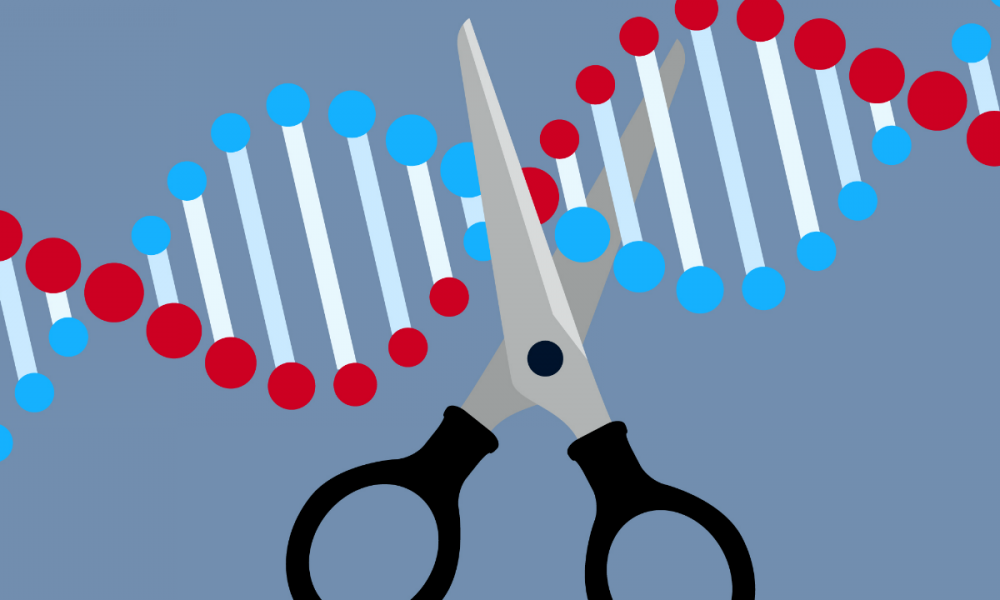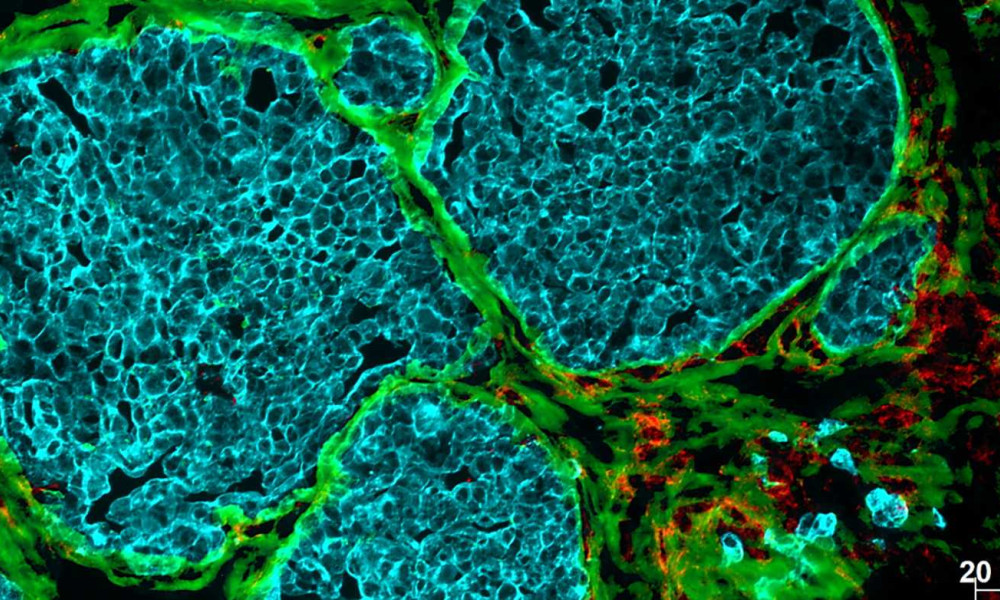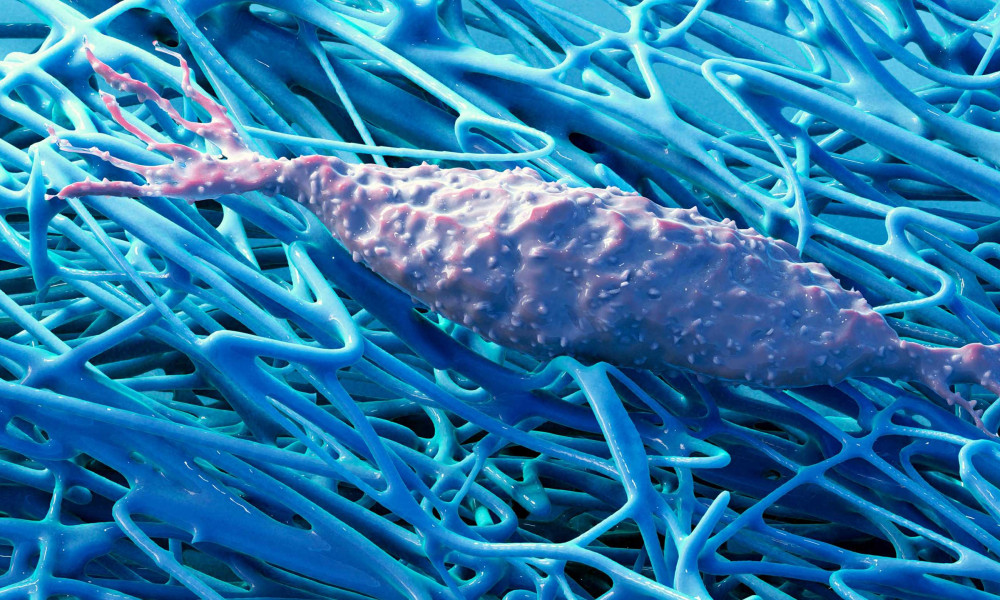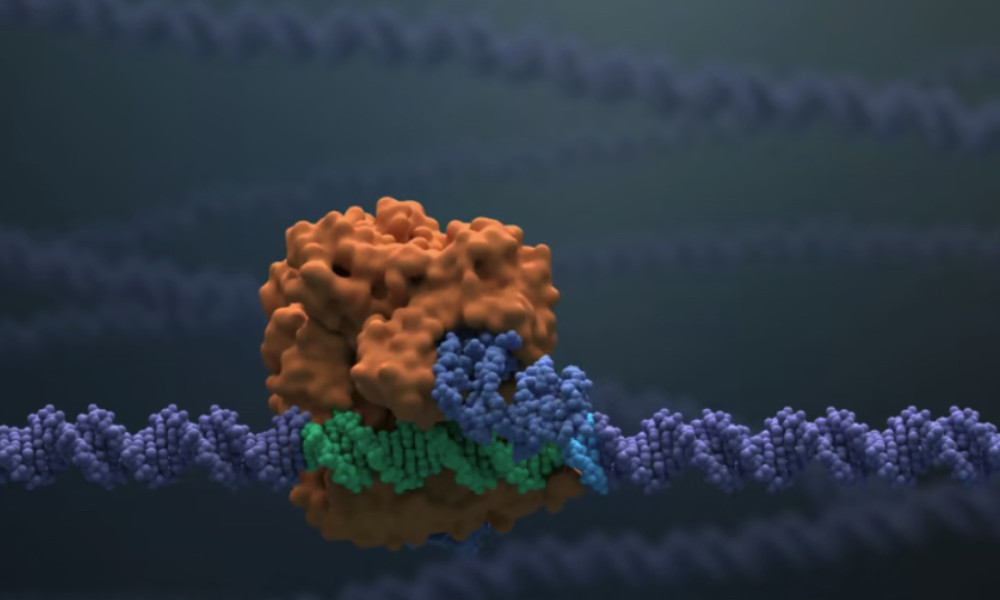CRISPR Can Create Unwanted Duplications During Knock-ins
A new study in mice documents frequent undesirable repeats of DNA insertions that are not detected using standard PCR analysis.
In less than a decade since its adaptation to a genome-editing technique, CRISPR-Cas9 has been used on lab animals and cells around the world, as well on human cells that are already being tested in clinical trials to treat disease. Limitations such as off-target edits are widely acknowledged by CRISPR users, and researchers have been working to minimize them with tweaks to the method.






